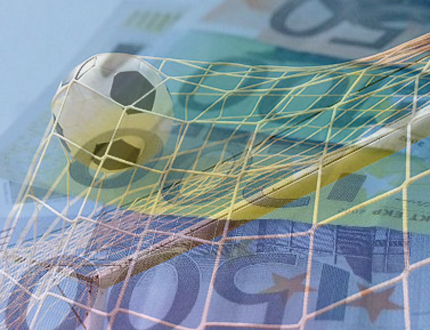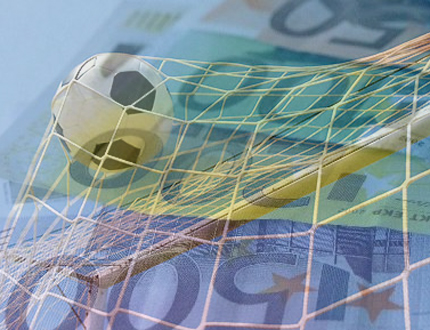We are publishing a reflection text by Jerome Vandamme, Sports Project Manager at UPE 06.

How and in what forms does the national community benefit from its growth?
Around the 40 SMEs that are the clubs, numerous service providers gravitate – strongly rooted in the economic areas of the communities – but also major players in sports equipment, media, construction, and mass consumption.
This report highlights still largely unknown impacts of professional football on the French economic fabric.
Some figures:
25,000
The sector represents over 25,000 jobs across all direct and indirect activities of professional football in France.
x 22
The multiplier effect of clubs on employment is considerable: for every professional player, more than 22 jobs are created in the national economy.
4.3 billion €
The total turnover of the sector exceeds 4.3 billion euros, of which 29% directly within the clubs, 15% in their territorial environment, and 56% in industries impacted at the national level (notably media, betting operators, and sports equipment distributors).
1.1 billion €
The sector generates over 1 billion euros in fiscal and social contributions.
1/15
For every euro of subsidy awarded to the clubs by local authorities, 15 euros are collected as fiscal and social revenue for the benefit of the State or local authorities.
12,000
12,000 amateur license holders are welcomed each week in professional football clubs.
96.7 million
In the 2008-2009 season, professional football attracted 96.7 million spectators, including 11.7 million in the stadiums and 85 million television viewers.
The 40 professional football clubs have a combined turnover of 1.276 billion euros, generating a local economy of 653 million euros thanks to their links with businesses, mostly SMEs, from a wide variety of sectors.
On a national scale, the ecosystem presents a paradoxical characteristic: although professional football clubs are SMEs primarily benefiting a local economy, their influence is comparable to that of international brands.
The 40 professional clubs are at the center of a show business economy representing 2.441 billion euros.
There exists in France a real potential for the revenue growth of professional football.
This potential for economic growth is currently dormant due to various reasons (inadequate infrastructure, insufficiently structured sponsorship, etc.).
The additional “match day” revenue (ticketing, boxes, business seats, catering) anticipated from the twenty main new or renovated stadium projects could amount to nearly 200 million euros in additional revenue by 2014-2015.
The total “Euro 2016 stadiums” investment is estimated at 1.7 billion euros, and it will be 60% privately financed and supported by the French State, which will contribute 150 million euros.
This program should lead to a change in the revenue structure of the clubs.
The transformation of stadiums (particularly those of the new generation) into leisure and entertainment spaces will naturally increase the portion dedicated to pre- and post-game consumption by spectators, as well as the clubs’ ticketing and catering revenues.
This economic resurgence will in turn generate significant social and fiscal contributions.
This growth cycle spurred by Euro 2016 should also benefit the immediate environment of the stadiums (businesses, restaurants, cinemas, housing, transport, office real estate, etc.).



